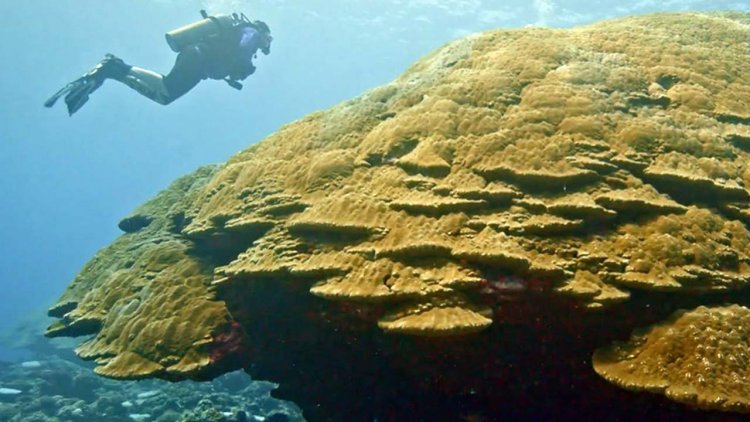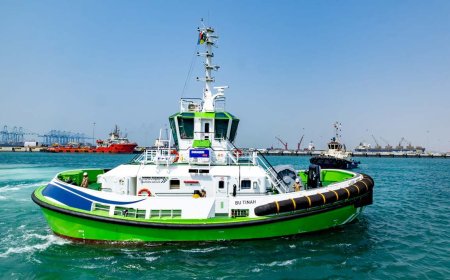NOAA researchers and partners find new record-sized coral colony in American Samoa
NOAA-funded researchers have identified a new record size coral colony at Ta’u Island in American Samoa, even larger than the island’s Big Momma colony, one of the largest in the world.

The colony was measured and described during a monitoring survey conducted by a multi-agency team including NOAA’s National Marine Sanctuary of American Samoa (NMSAS), American Samoa’s Coral Reef Advisory Group, American Samoa’s Department of Marine and Wildlife Resources, and the National Park of American Samoa, and funded by NOAA’s Coral Reef Conservation Program. The findings were published recently in Natureoffsite link.
Jennifer Koss, director of NOAA’s Coral Reef Conservation Program, said:
“We are always learning more about coral reefs and ways to conserve them. This is precisely why NOAA continues to have hope for the future of coral reef ecosystems.”
More than 80 of these exceptionally large corals are scattered around the island of Ta’u, under many different environmental conditions. These unusually large coral colonies could be due to mild wave or atmospheric climates and minimal human impacts, the researchers said.
Atuatasi Lelei Peau, acting superintendent of NMSAS, said:
"Many of these large corals, including the coral known as Big Momma, are located within the sanctuary. It was exciting to learn of another exceptionally large colony on the opposite side of Ta'u. We will continue to work with our partners and the local community to protect these valuable reefs."
While U.S. coral reef ecosystems cover an area slightly larger than the state of Rhode Island, they provide billions of dollars annually in food, jobs, recreation and tourism, and coastal protection. A U.S. Geological Survey study determined coral reefs annually provide flood protection to more than 18,000 people and $1.8 billion worth of coastal infrastructure.
NOAA’s National Marine Sanctuary of American Samoa is the largest American marine sanctuary and protects 13,581 square miles of shallow water coral reefs and open water.
NOAA’s Coral Reef Conservation Program awards at least $8 million annually in grants and cooperative agreements for coral reef conservation research and activities.

























































































































































